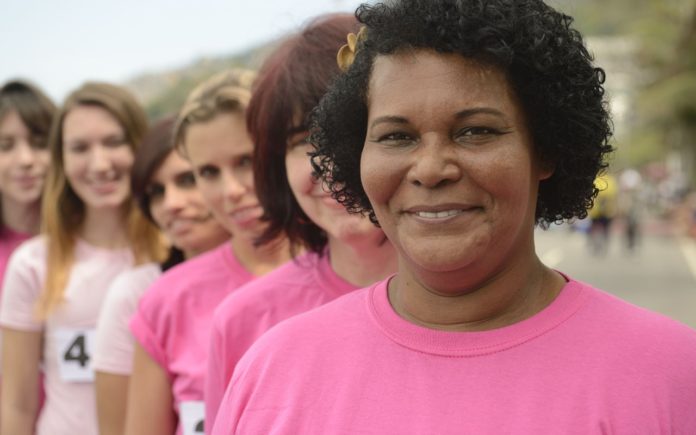 October recognizes all those who lived and died from breast cancer. Awareness starts with self-examinations and knowing how to get the right treatment and surrounding yourself with a good and positive support system.
October recognizes all those who lived and died from breast cancer. Awareness starts with self-examinations and knowing how to get the right treatment and surrounding yourself with a good and positive support system.
How do you know if you have breast cancer? Follow these tips, provided by BreastCancer.org:
5 breast self-exam tips
- Make it routine. The more you examine your breasts, the more you will learn about them and the easier it will become for you to tell if something has changed. Try to get in the habit of doing a breast self-examination once a month to familiarize yourself with how your breasts normally look and feel. Examine yourself several days after your period ends, when your breasts are least likely to be swollen and tender. If you are no longer having periods, choose a day that’s easy to remember, such as the first or last day of the month.

- Get to know your breasts’ different “neighborhoods.” The upper, outer area — near your armpit — tends to have the most prominent lumps and bumps. The lower half of your breast can feel like a sandy or pebbly beach. The area under the nipple can feel like a collection of large grains. Another part might feel like a lumpy bowl of oatmeal.
- Start a journal where you record the findings of your breast self-exams. This can be like a small map of your breasts, with notes about where you feel lumps or irregularities. Especially in the beginning, this may help you remember, from month to month, what is “normal” for your breasts. It is not unusual for lumps to appear at certain times of the month, but then disappear, as your body changes with the menstrual cycle (if you are still menstruating).
- Don’t panic if you think you feel a lump. Most women have some lumps or lumpy areas in their breasts all the time, and most breast lumps turn out to be benign (not cancer).

- Tell your doctor if anything has changed, or if something stands out as different from the rest of the area (like a rock on a sandy beach), and it persists for several weeks. If a change is clearly new and worrisome, let your doctor know right away. But in most cases, only changes that last more than one full menstrual cycle or seem to get bigger or more prominent in some way, need your doctor’s attention.
For more information relating to breast cancer awareness on Urban Media Today, click here.




































